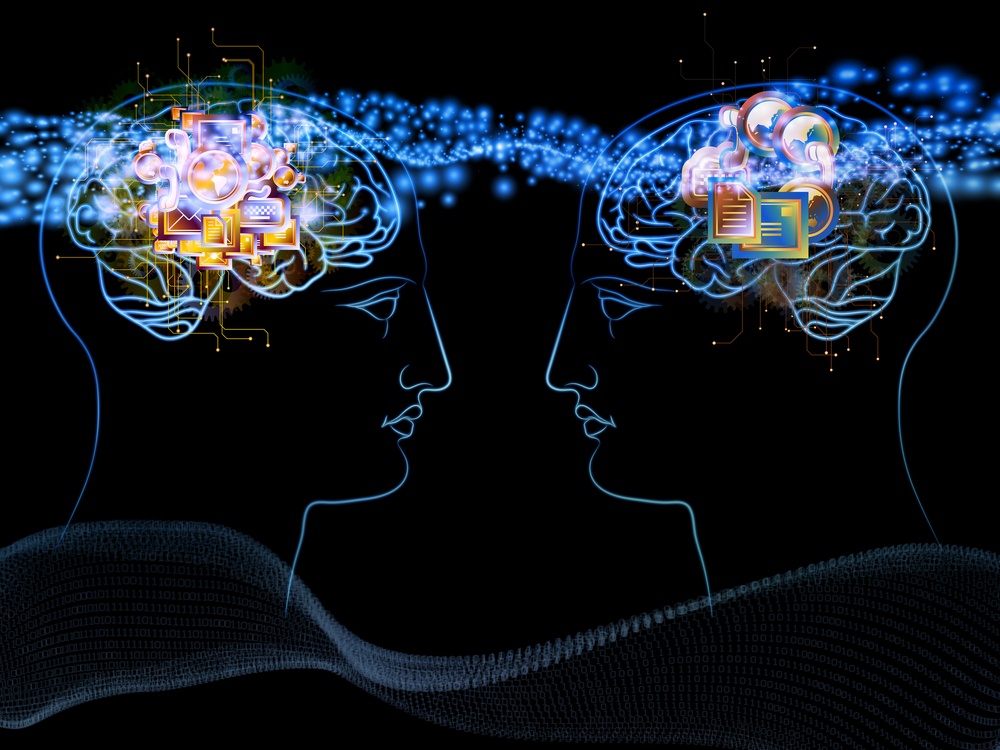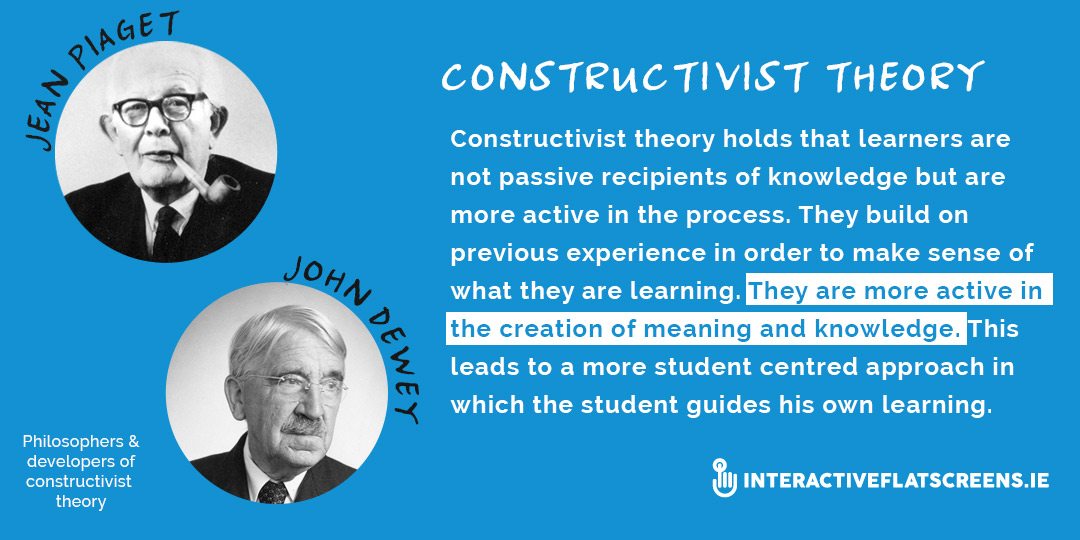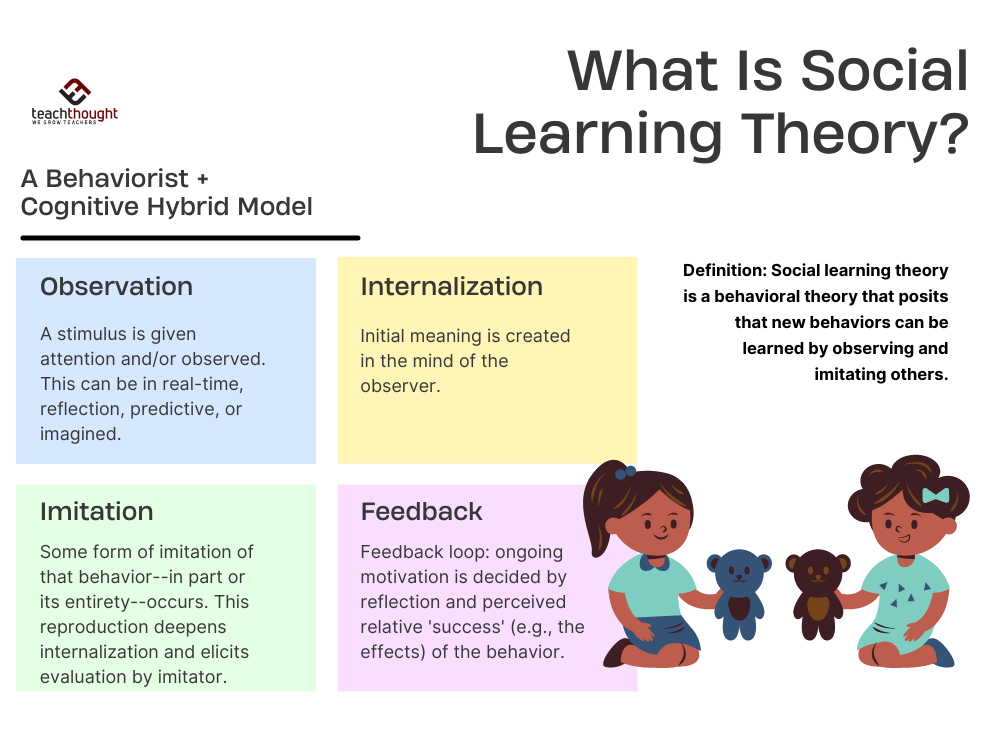Behavioral Theories
(Source- www.slideshare.net)
observable actions and the influence of the environment. These theories emphasize that behavior is learned through interactions with the environment, often shaped by rewards, punishments, and associations. Here are some key aspects.
Classical Conditioning: Introduced by Ivan Pavlov, this theory explains how behaviors can be learned through association. For example, pairing a neutral stimulus with a meaningful one can elicit a conditioned response.
Operant Conditioning: Proposed by B.F. Skinner, this theory highlights how behaviors are influenced by consequences, such as rewards (positive reinforcement) or punishments (negative reinforcement).
Social Learning Theory: Developed by Albert Bandura, this theory emphasizes learning through observation and imitation of others, as well as the role of cognitive processes in understanding behavior.
Stimulus-Response Theory: This approach focuses on the direct relationship between a stimulus and the response it triggers, often studied in controlled experiments.
(Source- you tube khanacademymedicine)
Cognitive Theories
Cognitive theories delve into the mental processes that influence how people think, learn, and solve problems. These theories emphasize the active role of the mind in processing information, constructing knowledge, and shaping behavior. Here are some key cognitive theories:
Piaget's Theory of Cognitive Development: Jean Piaget proposed that children progress through distinct stages of cognitive growth, such as sensorimotor, preoperational, concrete operational, and formal operational stages. Each stage is characterized by unique thought processes and abilities.
Schema Theory: This theory suggests that our minds create mental frameworks, or schemas, based on past experiences. These schemas help us organize and interpret information, shaping our expectations and interactions.
Information Processing Theory: This approach compares the human mind to a computer, focusing on how information is encoded, stored, and retrieved. It highlights the sequential steps involved in processing information.
Cognitive Behavioral Theory (CBT): A blend of cognitive and behavioral approaches, CBT emphasizes the role of thoughts in influencing emotions and behaviors. It is widely used in therapy to address maladaptive thought patterns.
Social Cognitive Theory: Developed by Albert Bandura, this theory highlights the importance of observational learning, self-efficacy, and the interplay between personal, behavioral, and environmental factors.
Reference list
Abushamsieh, K. (2014). (PDF) Training strategies, theories and types. [online] ResearchGate. Available at: https://www.researchgate.net/publication/269165999_Training_strategies_theories_and_types.
Chowdhury, M.S. (2019). Journal of Knowledge Management Practice,. [online] Tlainc.com. Available at: http://www.tlainc.com/articl112.htm [Accessed 2 Jun. 2006].
Desai, S. (2014). Behavioral theory | Behavior | MCAT | Khan Academy. [online] www.youtube.com. Available at: https://youtu.be/x7wZCtFWblE.
Elearningindustry.com. (2025). Available at: https://elearningindustry.com/wp-content/uploads/2015/06/situated-cognition-theory-and-cognitive-apprenticeship-model.jpg [Accessed 2 Apr. 2025].
Francis, A. (2013). Four Major Theories of Training and Development. [online] MBA Knowledge Base. Available at: https://www.mbaknol.com/human-resource-management/four-major-theories-of-training-and-development/.
Interactiveflatscreens.ie. (2025). Available at: https://interactiveflatscreens.ie/wp-content/uploads/2017/02/Constructivist-Theory-Jean-Piaget-and-John-Dewey.jpg [Accessed 2 Apr. 2025].
Media, B. (2012). Use a Learning Theory: Constructivism. [online] YouTube. Available at: https://youtu.be/Xa59prZC5gA.
Simply Psychology (2024). Piaget Cognitive Development Theory. [online] YouTube. Available at: https://youtu.be/5uv113rxAUs.
Yahoo.com. (2020). Yahoo Image Search. [online] Available at: https://images.search.yahoo.com/images/view.
Youtu.be. (2025). Cinema ModeOff Learning by Example: Bandura’s Social Learning Theory Explained. [online] Available at: https://youtu.be/w47N-WTGcPc.
Abushamsieh, K. (2014). (PDF) Training strategies, theories and types. [online] ResearchGate. Available at: https://www.researchgate.net/publication/269165999_Training_strategies_theories_and_types.
Chowdhury, M.S. (2019). Journal of Knowledge Management Practice,. [online] Tlainc.com. Available at: http://www.tlainc.com/articl112.htm [Accessed 2 Jun. 2006].
Desai, S. (2014). Behavioral theory | Behavior | MCAT | Khan Academy. [online] www.youtube.com. Available at: https://youtu.be/x7wZCtFWblE.
Elearningindustry.com. (2025). Available at: https://elearningindustry.com/wp-content/uploads/2015/06/situated-cognition-theory-and-cognitive-apprenticeship-model.jpg [Accessed 2 Apr. 2025].
Francis, A. (2013). Four Major Theories of Training and Development. [online] MBA Knowledge Base. Available at: https://www.mbaknol.com/human-resource-management/four-major-theories-of-training-and-development/.
Interactiveflatscreens.ie. (2025). Available at: https://interactiveflatscreens.ie/wp-content/uploads/2017/02/Constructivist-Theory-Jean-Piaget-and-John-Dewey.jpg [Accessed 2 Apr. 2025].
Media, B. (2012). Use a Learning Theory: Constructivism. [online] YouTube. Available at: https://youtu.be/Xa59prZC5gA.
Simply Psychology (2024). Piaget Cognitive Development Theory. [online] YouTube. Available at: https://youtu.be/5uv113rxAUs.
Yahoo.com. (2020). Yahoo Image Search. [online] Available at: https://images.search.yahoo.com/images/view.
Youtu.be. (2025). Cinema ModeOff Learning by Example: Bandura’s Social Learning Theory Explained. [online] Available at: https://youtu.be/w47N-WTGcPc.



This is an incredibly detailed explanation of different learning theories! You've done an excellent job highlighting key aspects like classical conditioning, operant conditioning, cognitive development, and constructivism. I particularly appreciate how you've mentioned the contributions of prominent thinkers like Ivan Pavlov, B.F. Skinner, Jean Piaget, and Albert Bandura, as well as the importance of active learning and social interaction in constructivist approaches.
ReplyDeleteWhich of these theories do you feel has the most practical application in modern education or workplace training, and why?
Thank you for your kind words! While every learning theory has its merits, constructivism truly shines in today’s education and workplace settings. By focusing on active participation, real-world problem-solving, and collaboration, it equips learners with critical thinking and adaptability—key skills for thriving in modern, fast-changing environments
ReplyDeleteYour summary of the different learning theories gives an overall glimpse into the behavioral, cognitive, constructivist, and social learning theories. Drawing attention to major concepts such as Pavlov's classical conditioning, Bandura's social learning, Piaget's stages of cognitive development, and Vygotsky's social constructivism further deepens and clarifies the conversation. The syntax followed by examples makes these concepts easy to learn.
ReplyDeleteAll in all, it’s a fun and in-depth look into how people learn and grow!